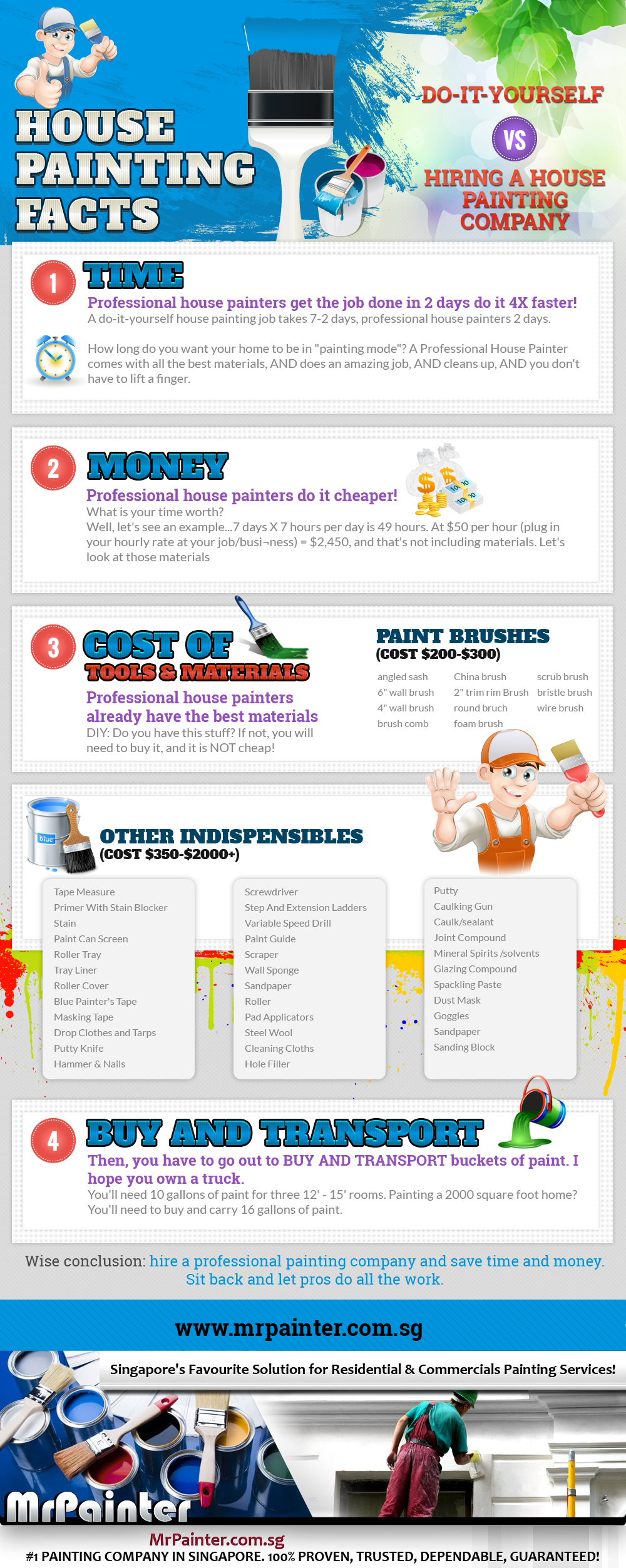Comprehending Seasonal Influences On Commercial Outside Paint: Essential Knowledge For Success
Comprehending Seasonal Influences On Commercial Outside Paint: Essential Knowledge For Success
Blog Article
Authored By-Aguilar Rodriquez
When you're planning a commercial external painting project, seasonal elements can make or break your outcomes. You'll want to take into consideration just how temperature level and humidity effect paint application and drying times. Picking the appropriate season can ensure your paint adheres appropriately and lasts longer. But which seasons are genuinely the very best for this kind of job? Allow's check out the key elements that can influence your task's success.
The Impact of Temperature Level on Paint Application
When you're planning an industrial outside paint task, the temperature level can considerably affect how well the paint adheres and dries.
Preferably, you wish to paint when temperatures vary between 50 ° F and 85 ° F. If it's also cool, the paint may not cure effectively, resulting in concerns like peeling or breaking.
On the other side, if it's too warm, the paint can dry out also swiftly, preventing proper adhesion and causing an irregular finish.
You must additionally consider the moment of day; morning or late afternoon offers cooler temperatures, which can be extra desirable.
Always check the producer's suggestions for the particular paint you're using, as they typically offer assistance on the ideal temperature variety for optimum results.
Humidity and Its Result on Drying Times
Temperature isn't the only ecological element that influences your industrial exterior painting job; moisture plays a considerable function also. High moisture levels can slow down drying times considerably, affecting the general high quality of your paint job.
When the air is filled with moisture, the paint takes longer to heal, which can lead to problems like poor bond and a greater risk of mildew development. If you're painting on a particularly moist day, be prepared for extensive delay times between coats.
It's critical to monitor local climate condition and strategy appropriately. Preferably, aim for moisture levels in between 40% and 70% for ideal drying.
Keeping these factors in mind ensures your project stays on track and delivers a long lasting coating.
Best Seasons for Commercial Outside Painting Projects
What's the very best time of year for your business external paint projects?
Springtime and very early autumn are typically your best options. Throughout these periods, temperature levels are moderate, and moisture degrees are typically reduced, producing optimal conditions for paint application and drying out.
Stay clear of summertime's intense heat, which can trigger paint to completely dry as well quickly, resulting in inadequate bond and coating. In do you paint the ceiling the same color as the walls , wintertime's chilly temperature levels can hinder correct drying out and curing, running the risk of the durability of your paint task.
Aim for days with temperature levels in between 50 ° F and 85 ° F for optimum outcomes. Keep in mind to check the local weather report for rain, as wet conditions can spoil your job.
Planning around these elements ensures your painting job runs smoothly and lasts longer.
Final thought
Finally, preparing your commercial outside painting tasks around seasonal considerations can make a significant distinction in the result. By organizing job during the perfect temperatures and humidity levels, you'll ensure far better adhesion and drying out times. Remember to keep an eye on regional weather report and pick the correct time of year-- spring and very early fall are your best options. Taking these steps will certainly aid you accomplish a durable and expert finish that lasts.
